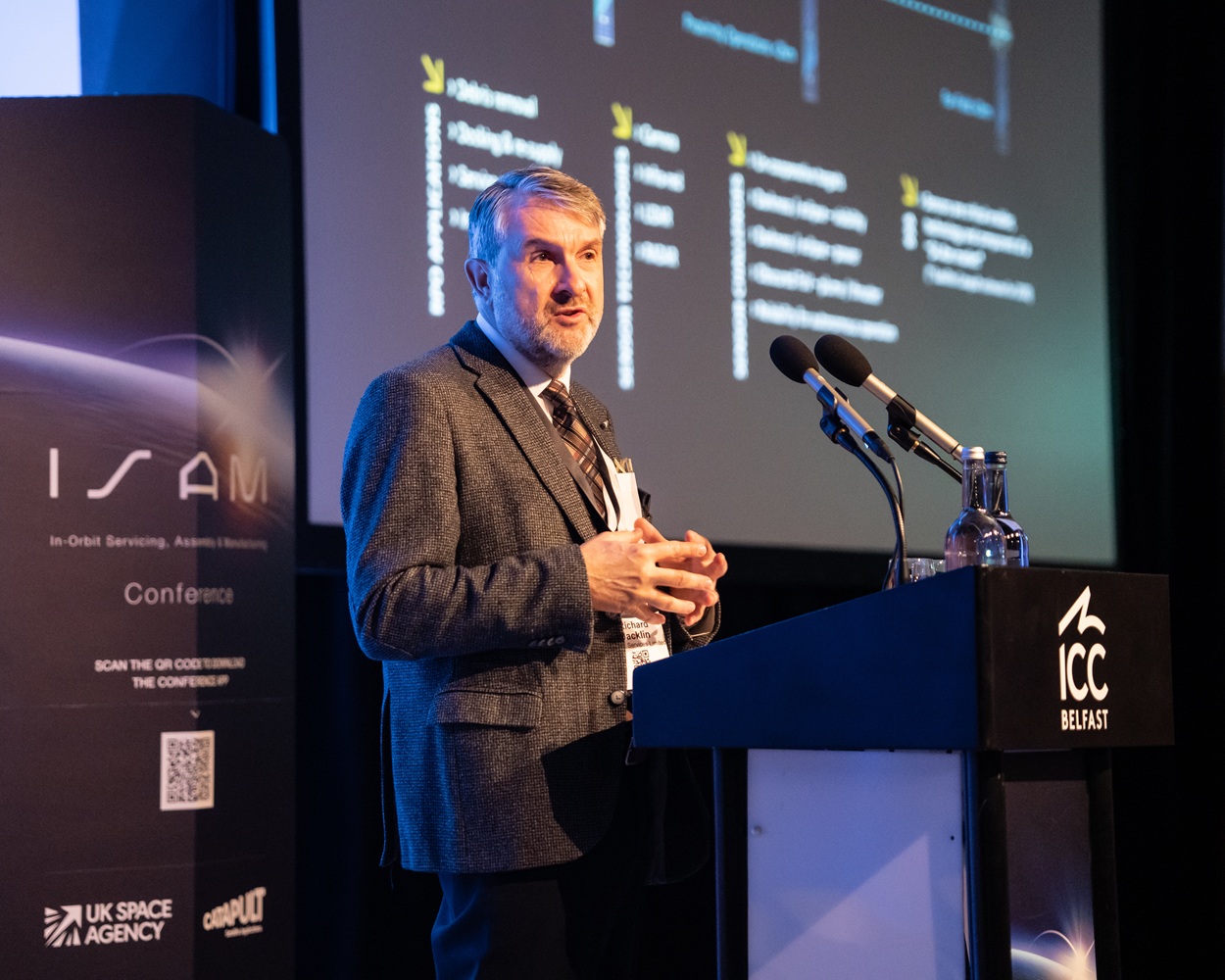Securing GNSS
.jpg) The ubiquity of satellite navigation services has rendered many aspects of our economy and critical national infrastructure heavily dependent on weak signals from space that can be easily interfered with.
The ubiquity of satellite navigation services has rendered many aspects of our economy and critical national infrastructure heavily dependent on weak signals from space that can be easily interfered with.
In 2011, the Royal Academy of Engineering noted that our economy is so bound up with the performance of Global Navigation Satellite Systems (GNSS) that 6-7% of GDP in Western countries is dependent on GNSS-derived data, transforming the continued security and integrity of Position, Navigation and Timing (PNT) data into “a matter of national security as well as a major economic asset”.
GPS data is vital to the integrity of the billion dollar high-frequency trading systems at the heart of the world’s financial centres; it is core to the Automatic Identification System that tracks Europe’s sea traffic; it is integral to the provision of the PNT data that drives our telecoms networks and even our energy grids. This is before we consider the original military purpose that GPS - the first GNSS - was created for.
In this arena GNSS has been used widely for decades, from weapon guidance systems to military communications equipment.
We are over-reliant on insecure GNSS signals, helping to turn electronic jamming into an attractive weapon that can cause major disruption with minimal effort.
Jamming has existed in the military arena for years but GNSS interference is now being used outside of war zones.
Russia has reportedly already been using military-grade GPS jammers against drones monitoring the conflict in Ukraine in 2015. South Korea recently complained to the UN Security Council that North Korea’s GPS jamming attacks have affected more than 1,000 aircraft and 700 ships, posing a major safety hazard to civil transportation.
Such interference is achieved through two distinct methods. Jamming is the simplest form of threat, involving broadcasting a noise signal over the existing signal from the GNSS. Spoofing is more intricate and is where counterfeit signals broadcast from the ground are designed to mirror satellite signals and mislead the receivers reading them, causing the unwitting broadcast of a false time and position. For example, meaconing (a type of spoofing) delays and then rebroadcasts a GNSS signal, resulting in erroneous position or timing being received by the user.
The position and timing information derived from these signals is critical to military effectiveness and such interference can have equally critical knock-on effects. Take missile guidance systems. Many types of missile track their position using GNSS (today, principally GPS for Western forces). The British Army's Guided Multiple Launch Rocket System (GMLRS) depends on GPS to avoid 'guidance drift' while flying at high speeds. In short GPS makes sure the missile stays on track to its target, maximising military effectiveness and minimising any collateral damage.
To protect against this, encrypted services such as the GPS-Precise Position Service (PPS) and, in future, Galileo's Public Regulated Service (PRS) can be used by the military to protect against electronic interference, jamming and spoofing especially when installed with anti-jam antenna systems. Yet military access to these signals still comes under constant threat from sophisticated adversaries using dedicated and constantly evolving technology.
Thankfully, the availability of new constellations of satellites brings new opportunities for robust use of GNSS in these scenarios, in particular through diversity of signals across constellations and frequencies. To date, a number of open service (i.e. not using PPS or PRS) multi-constellation, multi-frequency (MCMF) receivers have reached the market, but a secure dual mode receiver capable of exploiting both encrypted GPS and Galileo PRS services has remained more elusive.
In 2015, with the help of Innovate UK and the UK Space Agency, such a capability was demonstrated for the first time, through a R&D programme called PERMIT. This opens up the possibility of tracking many different secure signals simultaneously and combining all of those signals to create a single PNT solution. The use of signals from more satellites increases the likelihood of available and accurate PNT data. Signal and system diversity reduces the likelihood of interference by deliberate or accidental means, ensuring a far more robust military use of GNSS than currently possible.
The PERMIT programme has demonstrated such a system can work and marks the beginning of a new era for military use of secure GNSS. Yet it also has much wider ramifications for national security outside of the military too. Financial, telecoms, energy and other critical national infrastructure can simultaneously improve their resilience to attacks, system crashes and outages via GNSS interference. This will help us to protect our critical economic and societal operations in an era of ever-growing technological threats.












